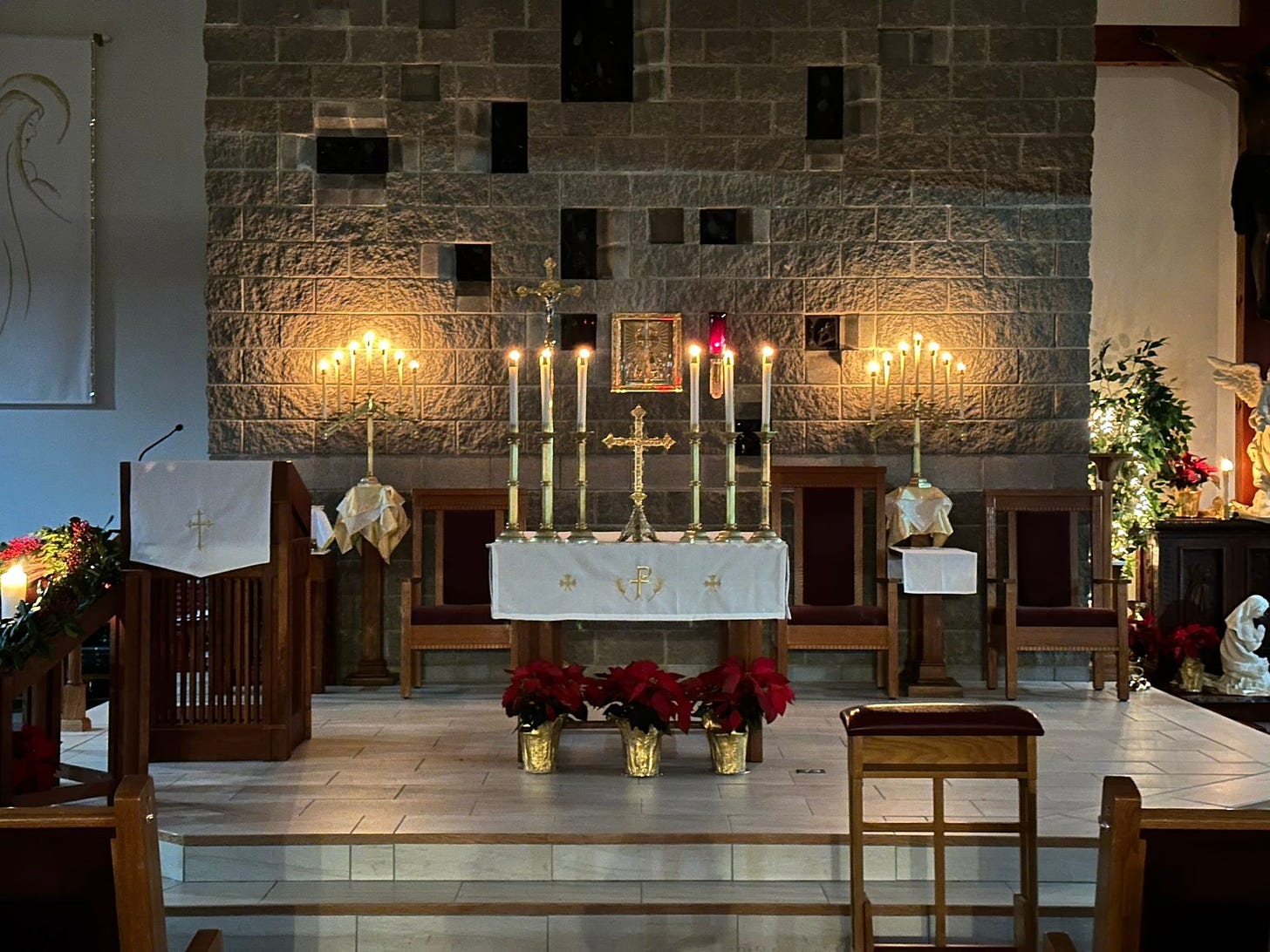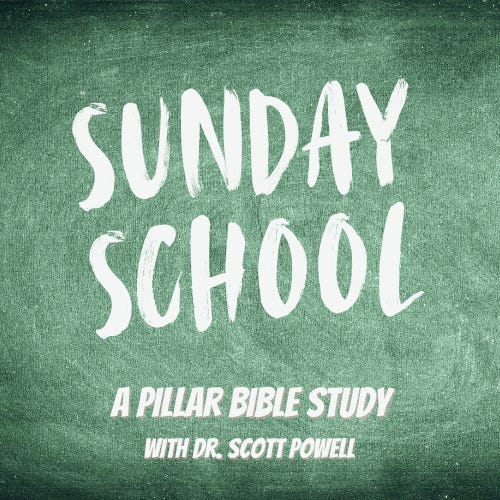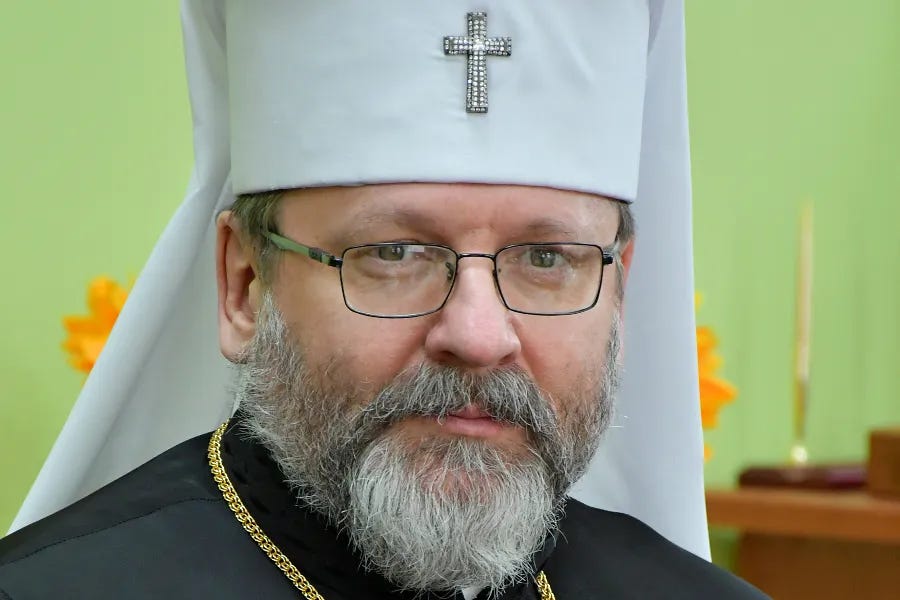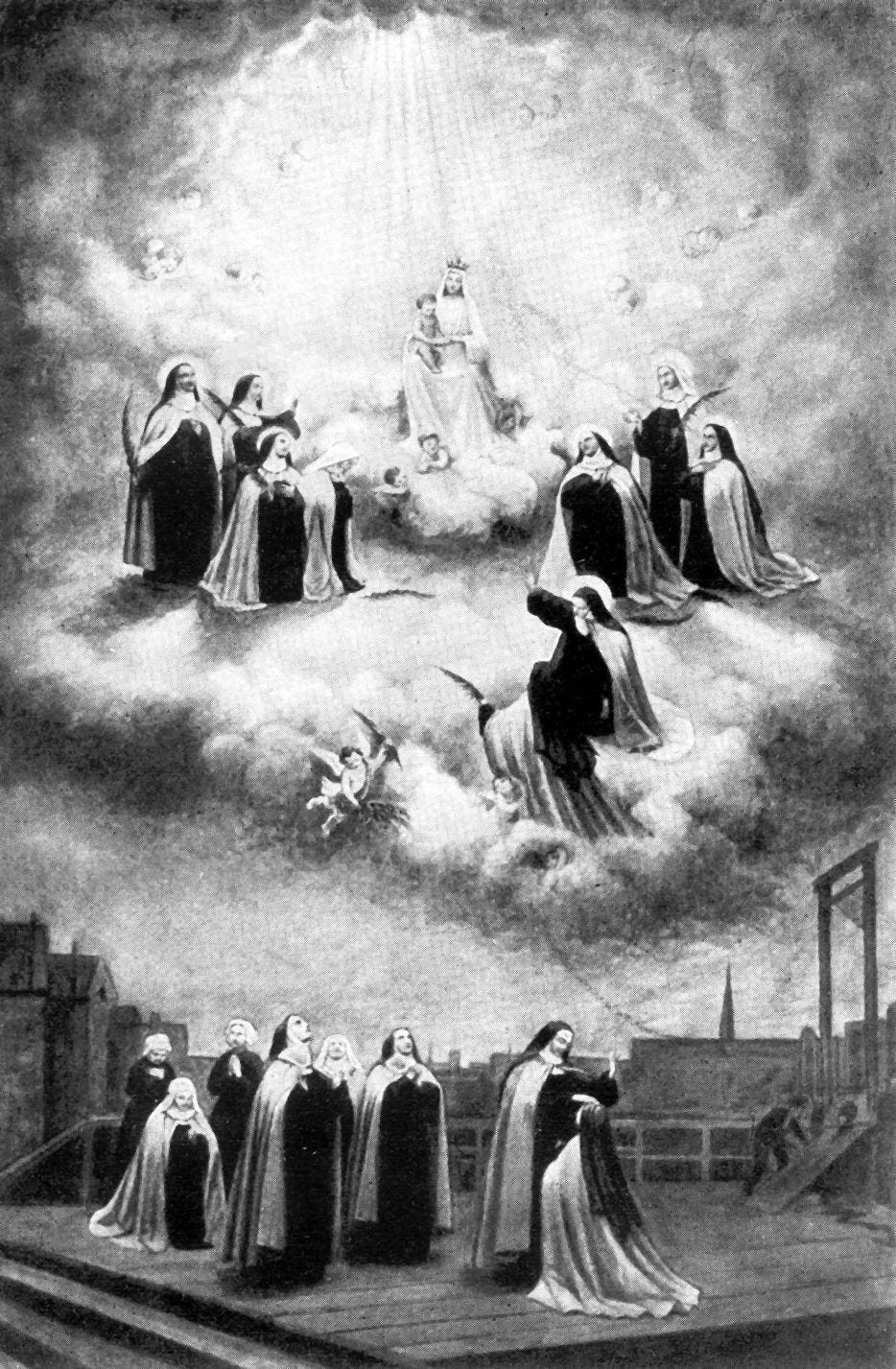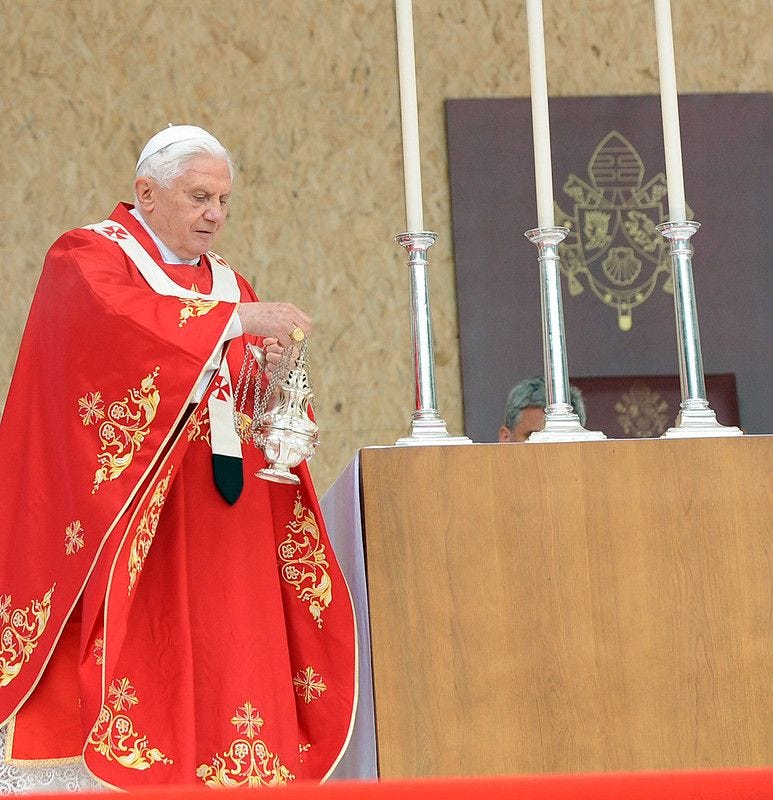
The lasting legacy of Pope Benedict XVI will be a shift in the way the Church thinks about worshipping God, one scholar suggested after the late former pope’s death.
“Benedict XVI fundamentally and irreversibly changed the way the Church understands divine worship, and the effect of that radical renewal is only just beginning to be seen,” said Fr. James Bradley, a priest of the Personal Ordinariate of Our Lady of Walsingham, a professor of canon law at The Catholic University of America, and a PhD candidate in liturgical studies at the University of Vienna.
And while the former pope’s expansion of the use of the 1962 Missal is no longer in effect, Bradley believes Benedict’s more enduring contribution to the Church is in the way that the liturgy is emphasized and understood.
Bradley suggested that Benedict’s writings - both during his papacy and leading up to it - have helped the Church understand the liturgy after the Second Vatican Council.
“His entire conception of the Christian life was intimately wrapped up in the sacred liturgy, and for him it was the absolute priority: God first,” Bradley told The Pillar.
“From the perfect worship of the Trinity flows the life of the Church, and so in the period following the [Second Vatican] Council he saw the liturgy not as a point of division to be fought over, but of divinely given unity to be prized and held up.”
Bradley told The Pillar that Pope Benedict XVI pursued a “deeply liturgical life not just for himself but for the whole Church.”
“He sought to draw people to Jesus God not according to a program or man-made itinerary, but through the action of Christ the High Priest in authentic Christian worship,” he said.
“The liturgy is the action of Jesus Christ. How, then, can it be anything other than the answer to our divisions and also the most fundamental source of the renewal of the Church?”
Vatican II
Before he was elected pope and took the name Benedict XVI, Joseph Ratzinger participated in the Second Vatican Council as a peritus, or theological advisor. During the council, he wrote pamphlets reflecting on its doings and inner aspects.
Writing in his late 30s in what was collected as “Theological Highlights of Vatican II,” he demonstrated his concern for the centrality of the liturgy, saying, “The decision to begin with the liturgy schema … was a profession of faith in what is truly central to the Church.”
At the time of the council, Ratzinger warned that “the problem of divine worship” was that “the essence of the ancient Christian liturgy in the texts were no longer visible in the overgrowth of pious additions.”
Since the reform of the Council of Trent, the liturgy had been archaized and impoverished, he said, lamenting that the spiritual lives of the great saints of the Counter-Reformation were separated from their experience of the liturgy.
To respond to these problems, he suggested, “a new theology of divine worship” was needed.
After the conclusion of the council, Ratzinger continued to reflect on its implementation. He criticized those who failed to properly implement the liturgical reforms, as well as those who rejected them altogether.
In a 1975 journal article, reprinted in “Principles of Catholic Theology”, Ratzinger warned of “sectarian zealotry” reacting to the problems following the council, illustrated by Archbishop Marcel Lefebvre and the Society of Saint Pius X.
While firmly rejecting this mindset, Ratzinger also encouraged an examination of conscience for the Church based on the concerns raised by those who rejected the council’s changes.
“Is it not, for example, really strange that we have never heard bishops react as strongly against distortions in the heart of the liturgy as they react today against the use of a Missal of the Church that, after all, has been in existence since the time of Pius V? Let it be said again: we should not adopt a sectarian attitude, but neither should we omit the examination of conscience to which these facts compel us.”
He also warned against an attitude that would see everything old and pre-conciliar as bad, and all post-conciliar as good.
“Certainly we cannot return to the past, nor have we any desire to do so,” he said. “But we must be ready to reflect anew on that which, in the lapse of time, has remained the one constant.”
From that time, Ratzinger continued to critique the course taken by the liturgical reform, speaking of “degradation” and in 1985 saying that aspects which should have been protected were neglected, and that treasures “have been squandered away.”
He added that in the medieval and baroque eras, the Church had developed a depth “which must be carefully examined before it is abandoned,” and that pure archaism and pure modernization are alike fruitless.
Start your day with Starting Seven - a daily news roundup in your inbox.
The old rite
The question of liturgical pluralism would become a key part of Benedict’s liturgical legacy, culminating in legislation allowing for the celebration of the Mass according to the pre-Vatican II ritual texts.
In a 1997 interview, Ratzinger said that “the old rite should be granted much more generously to all those who desire it. It’s impossible to see what could be dangerous or unacceptable about that. A community is calling its very being into question when it suddenly declares that what until now was its holiest and highest possession is strictly forbidden and when it makes the longing for it seem downright indecent. Can it be trusted any more about anything else? Won’t it proscribe again tomorrow what it prescribes today?”
The then-cardinal added caution that simply returning to the old rite is not an adequate solution, instead suggesting that what is needed is “a new liturgical education.”
Ratzinger’s desire that use of the old rite be granted more generously came to fruition in 2007 when, as Pope Benedict XVI, he issued Summorum pontificum, a moto proprio acknowledging the right of all Latin rite priests to use the ritual books which were in force in 1962.
In a letter to the bishops accompanying that decision, Benedict wrote that it should not be understood to be detracting from the authority of the Second Vatican Council.
“Many people who clearly accepted the binding character of the Second Vatican Council, and were faithful to the Pope and the Bishops, nonetheless also desired to recover the form of the sacred liturgy that was dear to them,” he reflected.
“This occurred above all because in many places celebrations were not faithful to the prescriptions of the new Missal, but the latter actually was understood as authorizing or even requiring creativity, which frequently led to deformations of the liturgy which were hard to bear,” he reflected.
In allowing for wider usage of the 1962 Missal, Benedict stressed that the old and new rites should not be seen in opposition to one another.
“There is no contradiction between the two editions of the Roman Missal,” he stressed.
“In the history of the liturgy there is growth and progress, but no rupture,” he said. “What earlier generations held as sacred, remains sacred and great for us too, and it cannot be all of a sudden entirely forbidden or even considered harmful. It behooves all of us to preserve the riches which have developed in the Church’s faith and prayer, and to give them their proper place.”
He added that “in order to experience full communion, the priests of the communities adhering to the former usage cannot, as a matter of principle, exclude celebrating according to the new books. The total exclusion of the new rite would not in fact be consistent with the recognition of its value and holiness.”
📰
The Benedictine altar arrangement
Another element of Benedict’s liturgical legacy is what has come to be known as the “Benedictine altar arrangement.”
In a chapter of “The Spirit of the Liturgy” dedicated to the direction of liturgical prayer, then-Cardinal Ratzinger discussed the importance of the celebrant and congregation looking together toward the Lord, rather than facing each other in a “self-enclosed circle.”
But rather than urging a reorientation of altars to return to Mass said ad orientem, Ratzinger wrote that “where a direct common turning toward the east is not possible, the cross can serve as the interior ‘east’ of faith. It should stand in the middle of the altar and be the common point of focus for both priest and praying community.”
As Benedict’s pontificate went on, this “Benedictine altar arrangement” came to be adopted more and more widely.
“For Benedict XVI the question of the orientation of the priest, toward the people or with the people, had mistakenly become a controverted issue because it had been ‘weaponized’ as a false indicator of being ‘for’ or ‘against’ the Council, ‘for’ or ‘against’ the liturgical reform,” Father Bradley explained.
“In fact, by applying his characteristically careful theological reflection, together with the benefit of new scholarship, he was able to reframe this question in a more eirenic spirit. In a typically Benedictine way, he proposed this altar arrangement rather than imposed it, and in doing so he set the course for a longterm project of reorienting the public celebration of the liturgy, not simple in outward ways but interiorly toward God and toward the goal of heaven.”
Bradley remarked that in his own experience, “whilst many places have adopted the Benedictine altar arrangement, and others still have introduced ad orientem worship, many others have not.”
“Pope Benedict was acutely aware of the upset and division that was caused by the enthusiastic but sometimes hasty introduction of the liturgical reform, alienating many people who simply stopped coming to Mass,” he said. “As a result he was incredibly careful, perhaps even timid, in proposing this way of worshiping.”
Still, he said, most priests and laypeople under age 50 generally have come to have an expectation that some kind of crucifix will be present on the altar, which he considers “a not unreasonable sign of the orientation of worship: a tangible statement of putting God first.”
A lasting legacy?
To Fr. Bradley, a shift in the understanding of the Mass will be Benedict’s lasting mark on the Church.
He noted that while some Catholics have been disappointed that Benedict XVI did not formalize more of his liturgical program into law, the liturgical legislation that he did issue - the moto proprio allowing for the broader use of the pre-Vatican II Missal - has already been reversed.
“What is much longer lasting and significant is the way of speaking and thinking about the liturgy that he has left us,” Bradley said.
He noted that despite the personal stylistic differences between Benedict’s and Francis’ celebrations, “if we look at the substance of the papal liturgical celebrations, the shift toward reverence and a more careful adherence to the idea of a fixed liturgical rite under Pope Benedict has certainly not been interrupted by Pope Francis.”
“The cross remains central on the altar of the papal Mass; the music remains reminiscent of the musical patrimony of the Roman Rite, and so on. In fact, I think the general sense of the centrality of the liturgy in the life of the Church introduced by Pope Benedict has been largely well received, even if there remains some controversy over its expressions.”
And this way of thinking of liturgy, he said, is ultimately what Benedict has contributed to the liturgical life of the Church - in fact, in ways that are still unfolding.
“Once a person comes to know the liturgy in the way that Pope Benedict XVI presented it, it is simply impossible to return to a position where it is anything other than the highest priority. Once God is first, nothing else can replace him.”
📰

